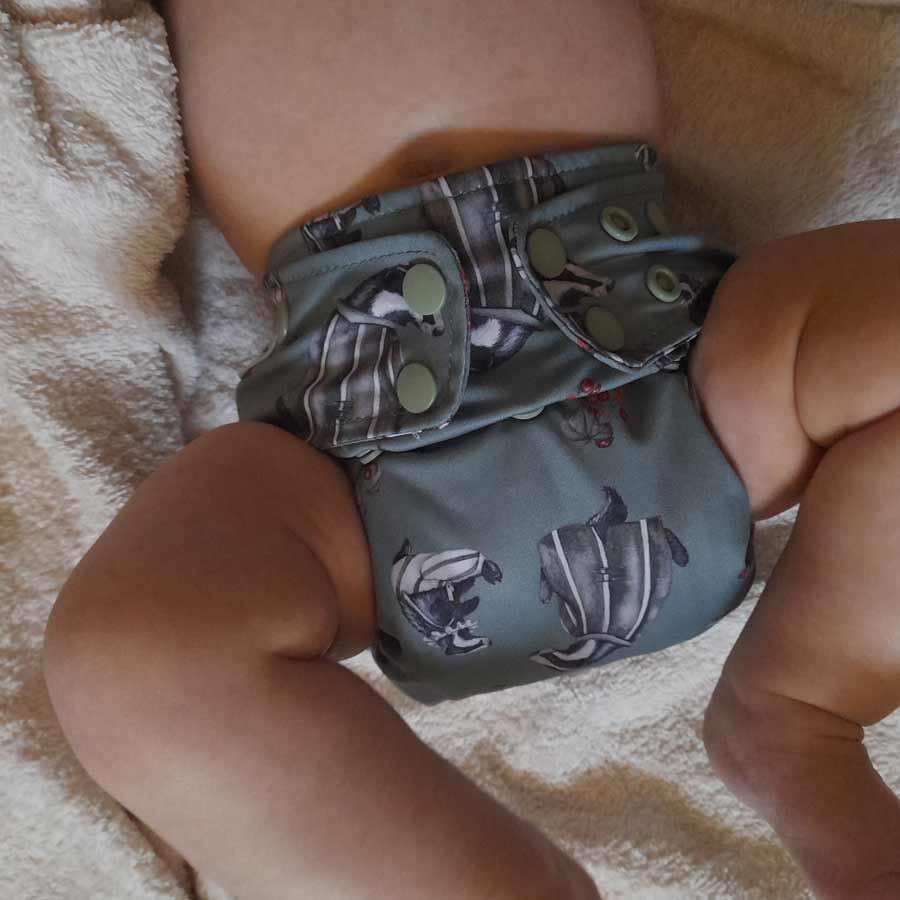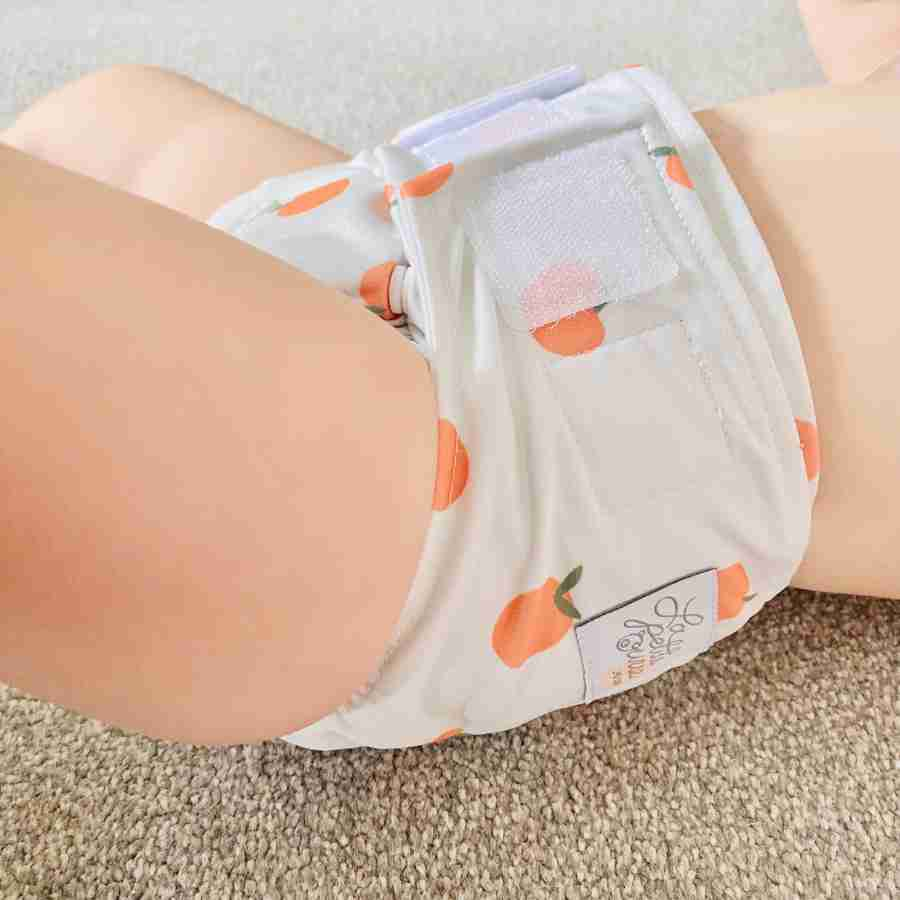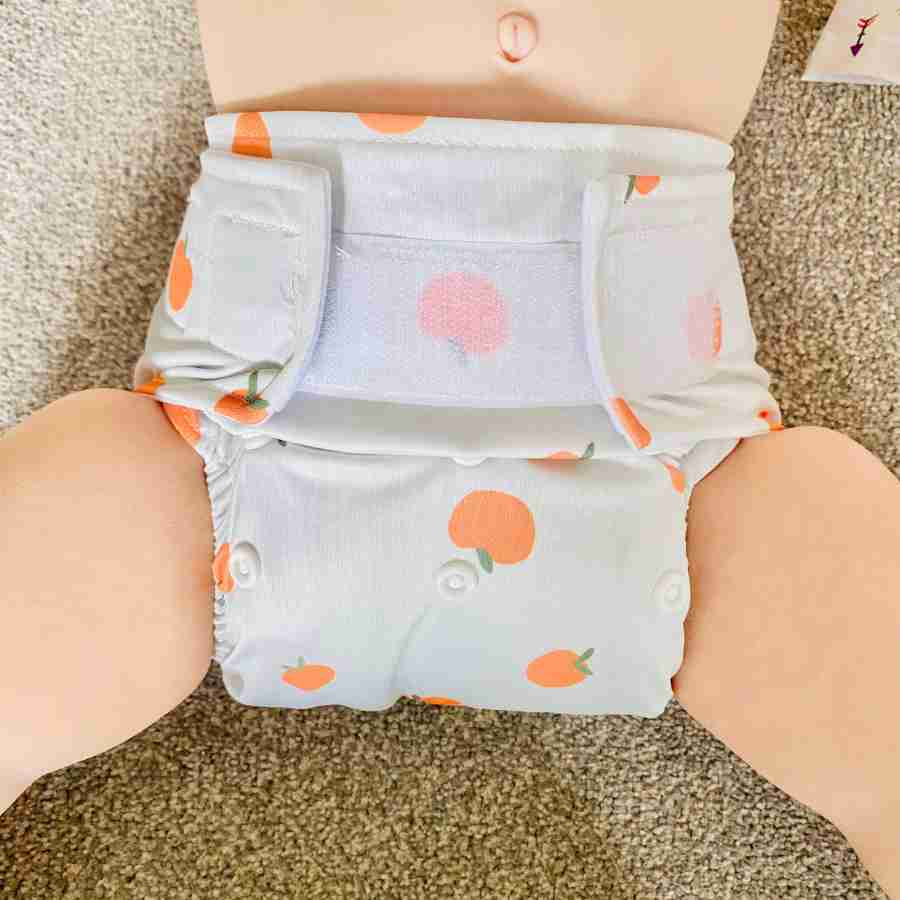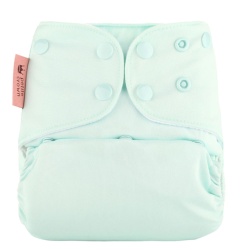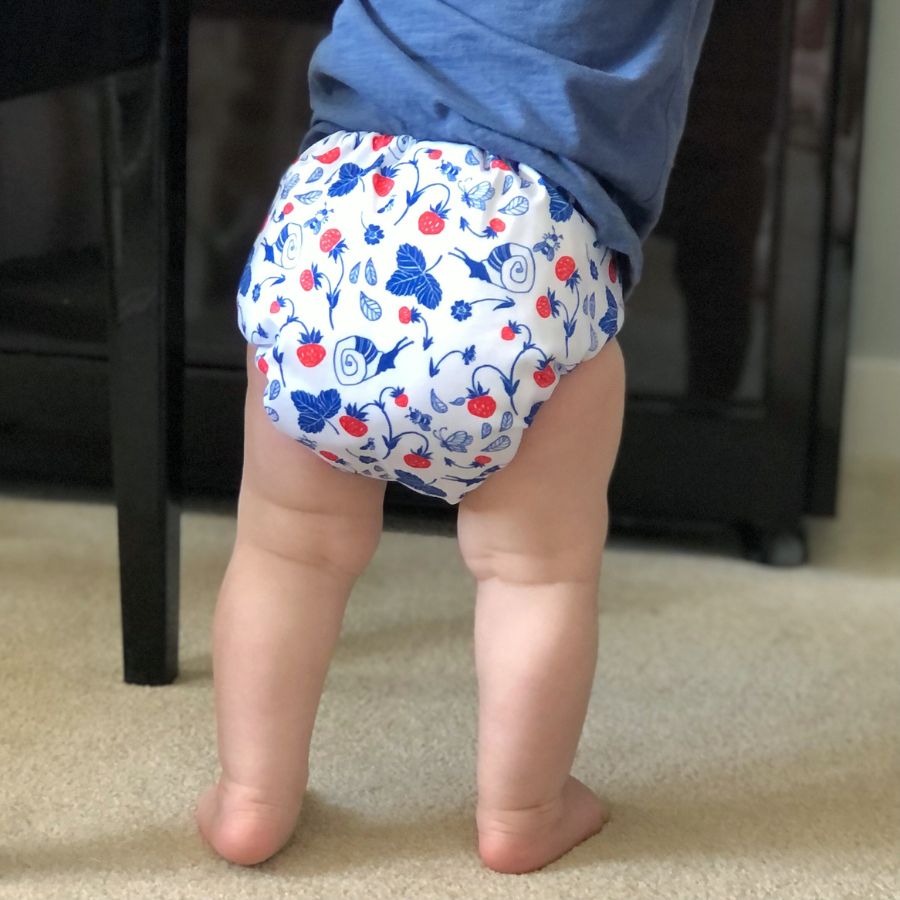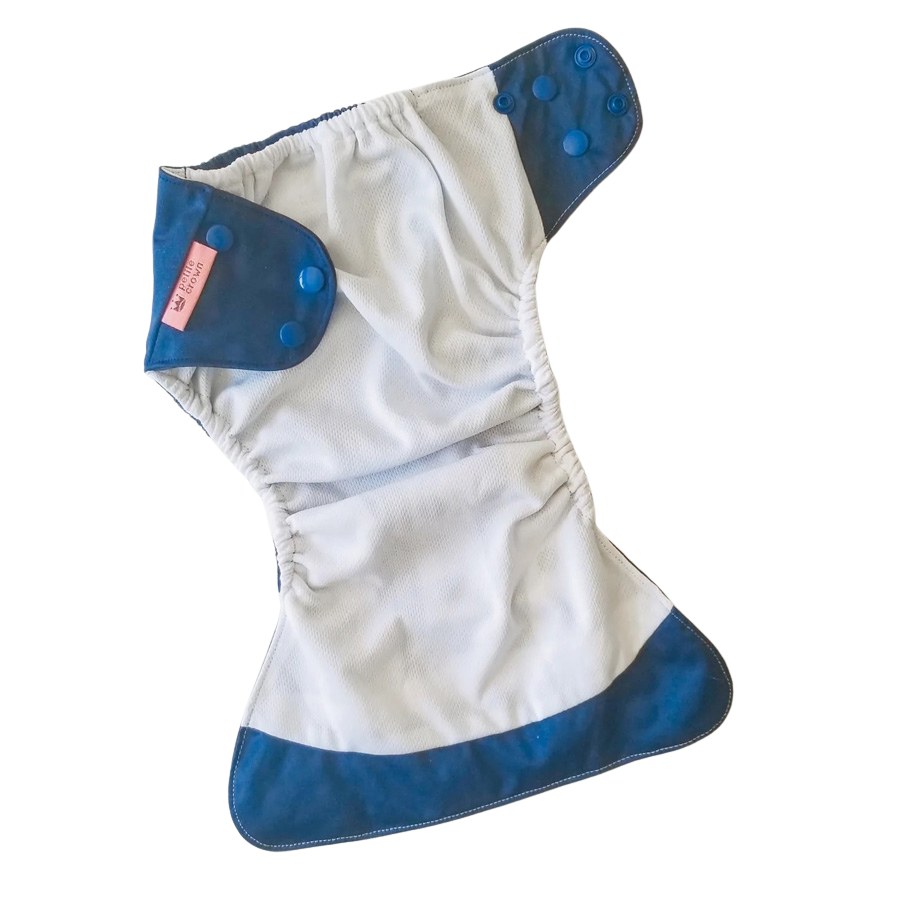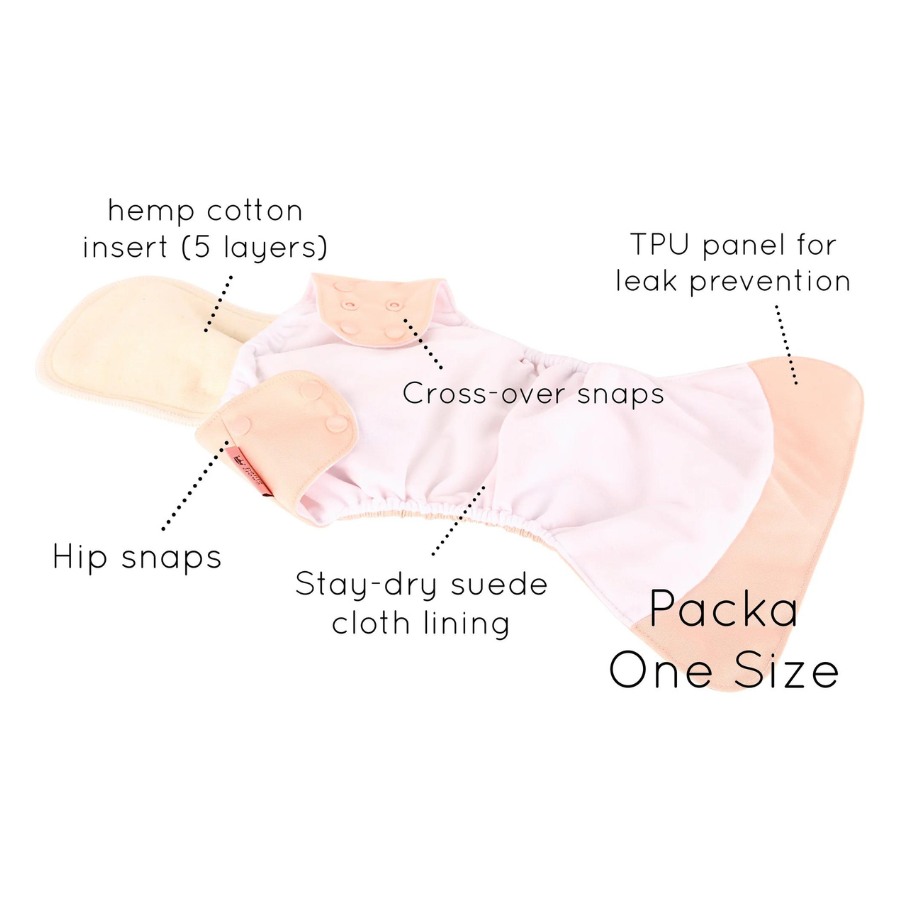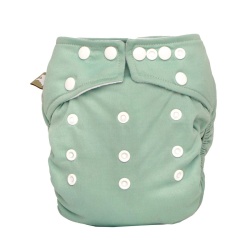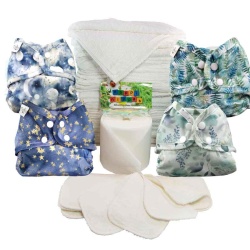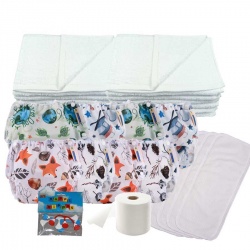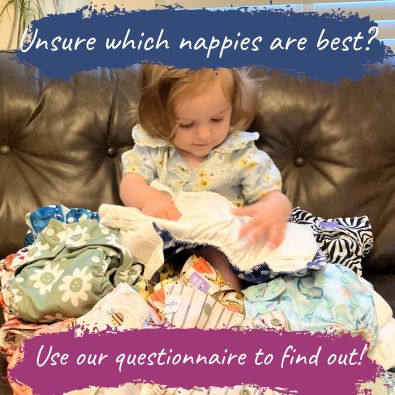Why Use Muslins As Newborn Nappies
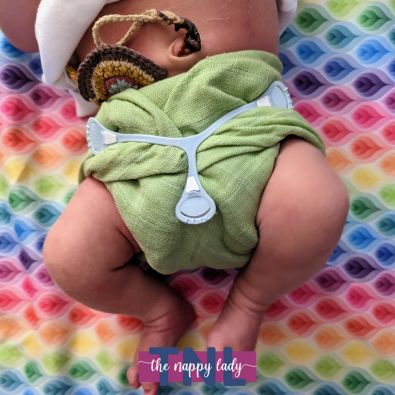
Embracing Comfort and Economy: Why Use Muslins as Newborn Nappies
Why use muslins as newborn nappies? Parents today seek practicality and economy without compromising their baby’s comfort. Muslin cloths answer this call with their remarkable affordability, quick drying times, and skin-friendly fabric. This article unveils the straightforward reasons behind choosing muslin nappies for your newborn, setting the stage for a deeper exploration into their versatile benefits.
Key Takeaways
Muslin nappies are super affordable, quick to dry, and gentle on baby’s skin, making them a great choice for newborn care.
They are available in various types such as prefolds and flats, can be folded in different ways for efficient use, and are environmentally friendly.
To maintain muslin nappies, wash them at 60°C, avoid harsh chemicals, and have a stash of 25-30 to manage frequent changes.
The Benefits of Muslins for Newborn Nappies
Muslin nappies, also known as burp cloths, are like a superhero in the world of newborn care – they’re resourceful, dependable, and always ready for action. With their trifecta of benefits, these modern cloth nappies are a clear frontrunner for parents seeking practical solutions.
Let’s unwrap the layers of why muslins are a favourite for newborn nappies.
Cost-effective choice
One of the most compelling reasons to choose muslins squares for your newborn is the impact on your bank account. Imagine getting your hands on a nappy solution that costs as little as a cup of coffee – that’s the affordability muslins bring to the table. When paired with a wrap, these nappies provide excellent containment without breaking the bank.
They’re an incredibly easy, cost-effective choice for newborn babies, including tiny babies, that works fine for weeks on end, ensuring your baby’s comfort while keeping your finances in check.
Quick Drying
Next on the list of muslin superpowers is their quick-drying capability. Thanks to the open weave and lightweight nature of muslin fabric, air flows freely, making them dry in a snap. This is especially handy considering the high frequency of nappy changes newborns require.
You can wash and dry muslins with ease, ensuring that you always have a fresh supply on hand.
Gentle on Baby's Skin
Lastly, the gentle touch of muslin on baby’s skin is nothing short of a caress. This soft, natural, and organic fabric is safe and soothing, helping to prevent any irritation and making it an ideal choice for comforting delicate skin. And the cherry on top? With each wash, the muslin becomes softer, enhancing its gentleness and making it a cozy companion for your little one’s bottom.
Types of Muslin Nappies
Not all heroes wear capes, and not all muslin nappies are made the same. From prefolds to flats, these nappies come in various types that cater to different needs and preferences. Whether you’re a first-time parent or a seasoned pro, understanding the differences between these types can help you choose the best fit for your baby’s bottom.
Prefolds are like the Swiss Army knife of muslin nappies. Muslins are partially sewn with extra layers in the centre to concentrate absorbency at the key area. Prefolds can be used on their own in a wrap as a basic budget nappy however they are brilliant in a pocket nappy as an absorbent folded insert.
Flat nappies such as terry squares, preflats and muslins on the other hand, are the chameleons, the size of flat nappies are large enough to be folded in multiple ways, including the pad fold, and requiring a waterproof cover to keep everything in check. Made from natural materials like cotton or bamboo, muslin cloths are as kind to your baby’s skin as they are to the environment.
How to Fold and Use Muslin Nappies
The art of folding a muslin nappy is akin to origami for parents – it’s simple, satisfying, and incredibly useful. With techniques like the Jo fold and the jelly roll fold, you can ensure good containment and a snug fit for your newborn. Let’s take a closer look at how these folds can become part of your daily routine.
The Jo fold is your go-to for a quick and efficient nappy change using terry squares. Here’s how to do it:
Lay out the muslin square.
Tuck the corners.
Fold it into three.
Voilà – you have a comfy nappy ready to go.
And when it’s time to secure the shaped nappies, a wrap will keep it snugly in place, ensuring your baby stays comfortable and dry, helping to prevent nappy rash.
Muslin Nappies vs. Other Reusable Nappy Options
In the realm of reusable nappies, muslins hold their own against modern contenders like all-in-one, pocket, and all-in-two nappies. Each type has its own merits, but when it comes to a balance of practicality and efficiency, muslins shine bright. Let’s compare these options to see why muslins might just be the hero you didn’t know you needed.
All-in-one cloth nappies are the convenient “all-inclusive” option, with built-in absorbency and waterproofing, making them easy for anyone to use. However, they can be less absorbent and more expensive up front, not to mention the time and energy needed for washing and drying a cloth nappy.
Pocket nappies offer quick drying times once stuffed, but lack the versatility of muslins, which can be repurposed beyond the nappy years. If you’re looking for flexibility, all-in-two nappies might be up your alley with their reusable shells, but for sheer adjustability and economy, muslins are hard to beat.
Caring for Your Muslin Nappies
To ensure your muslin nappies remain in top shape, think of them as fine garments that need a bit of TLC. A good wash at 60 degrees Celsius will keep them clean and hygienic without compromising their integrity. Remember, a washing routine is your best friend, letting you stay ahead of the nappy game.
Here are some tips for caring for your muslin cloths:
Choose a detergent that’s gentle on the fabric and free of fragrances or biological agents, as these can irritate baby’s skin and reduce the life span of your nappies.
Drying your muslins in the fresh air can work wonders for stains, and if you need to tumble dry, just check the manufacturer’s guidelines first.
With the right care, your muslins will see you through countless nappy changes, keeping your baby happy and comfortable.
Building Your Newborn Muslin Nappy Stash
Assembling your newborn’s muslin nappy stash is like preparing a toolkit – you want to have all the essentials ready for any situation, including handling newborn poo. A robust stash of 25-30 newborn reusable nappies, including newborn size nappies, will see you through the first few months with ease, allowing for a smooth rotation between uses. Add a couple of wet bags and a nappy bucket to your arsenal, and you’ll be a diapering dynamo.
When you’re on the move, a small wet bag becomes an invaluable asset to handle those unexpected nappy changes with grace. By planning your stash with care, you can ensure that you’re always prepared, whether you’re at home or out adventuring with your little one.
Transitioning from Muslin Nappies as Baby Grows
Just like a caterpillar transforms into a butterfly, your baby will outgrow their muslin nappies, signalling a time for change. Generally, muslins are perfect for the first few weeks usually up to 12 weeks but for some very tiny or prem babies they can be used to around 5-6 months. As your baby grows, so do their nappy needs. When you notice that the fit isn’t as snug or the absorbency isn’t cutting it, that’s your cue to switch to larger-sized nappies.
Terry squares are the natural step after muslins as they can be folded in the same way and you can reuse your Nappi Nippas and the same waterproof nappy wraps (just in a bigger size).
Top Muslin Nappy Brands and Products
In your quest for the perfect muslin nappy, you’ll come across champions of the craft like MuslinZ and Disana or Thrive Muslins. These brands have carved a niche for themselves with high-quality, absorbent, and resilient muslin squares that parents trust. With MuslinZ, you can choose from a variety of sizes and colours, and even opt for organic options to suit your preferences and values.
Moreover, here are some brands that provide reliable, effective solutions for your newborn’s nappy stash at price points that underscore the economic advantage of choosing muslins:
MuslinZ stands behind their products with warranties that give you peace of mind
At The Nappy Lady offers curated sets Wendy tailored for new parents
Little Lamb Bamboo boosters are a great addition to your muslin nappies for those seeking extra absorbency.
Tips for Success with Muslin Nappies
To maximise your success with muslin nappies, think of them as part of an ecosystem where every element works in harmony. A Motherease Airflow cover will provide that extra line of defence against leaks, while clothing extenders prevent nappies from being too tight. These small adjustments can make a world of difference in your muslin nappy experience.
When it comes to absorbency, don’t be afraid to add natural fibre boosters to your nappies. Materials like hemp or bamboo can significantly increase their effectiveness, giving you and your baby a leak-free day. Remember, a snug fit around the legs and a comfortable gap at the waist is key to preventing mishaps.
Summary
As we wrap up this muslin nappy odyssey, it’s clear that these humble squares of fabric are a powerhouse of benefits for your newborn. They’re the economical, quick-drying, and gentle solution that savvy parents have been wrapping their little ones in for generations. With the right care, folding techniques, and a well-stocked stash, muslin nappies can make the early days of parenthood a little easier and a lot more affordable.
So whether you’re a first-time parent or adding to your brood, muslin nappies are worth considering. They’re the trusty sidekick to your baby’s superhero outfit, ready to tackle the messiest of adventures with ease. Embrace the comfort and economy of muslin nappies, and watch as they become a cherished part of your newborn’s journey.
Frequently Asked Questions |
|---|
How many muslin nappies do I need for a newborn?You should have a stash of 25-30 muslin nappies for full-time use to ensure you have enough for a smooth rotation between washes. |
Can muslin nappies be used for older babies?As your baby grows and their diet changes, it's best to transition from muslin nappies to larger-sized ones, typically after the first 5-6 months. |
How should I wash and dry muslin nappies?To wash muslin nappies, use a normal cycle at 60 degrees Celsius without fabric softeners, then air dry outdoors or tumble dry as per the manufacturer's instructions. Avoiding fabric softeners is important to maintain the nappies' absorbency. |
Are there different types of muslin nappies?Yes, muslin nappies come in various types such as prefolds and flat nappies, which are made from materials like cotton or bamboo, with prefolds having extra layers for absorbency. So you have options to choose from based on your preferences. |
What are some trusted brands for muslin nappies?MuslinZ and Disana Muslins are highly trusted brands for quality muslin nappies, offering various sizes and even organic options. Check them out if you're in the market for reliable muslin nappies. |
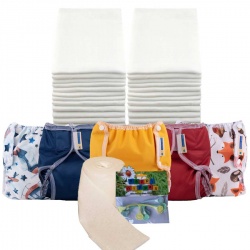
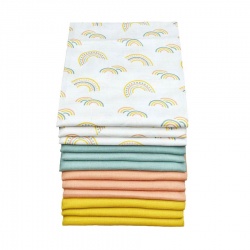
.jpg)
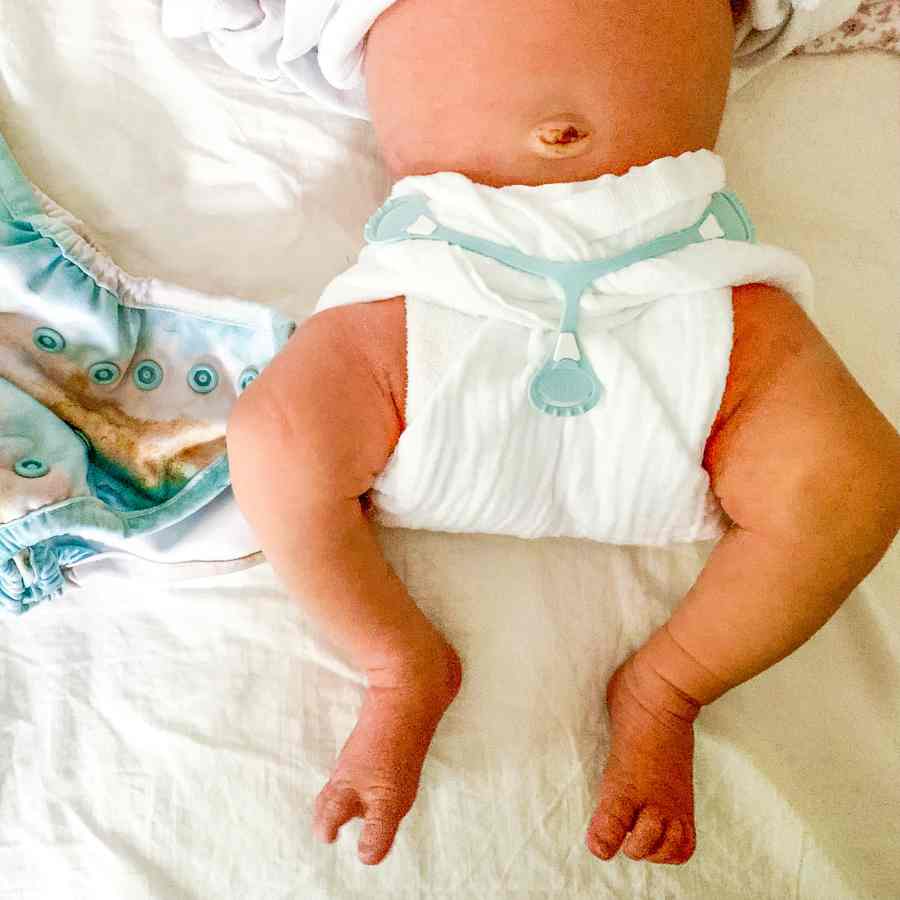
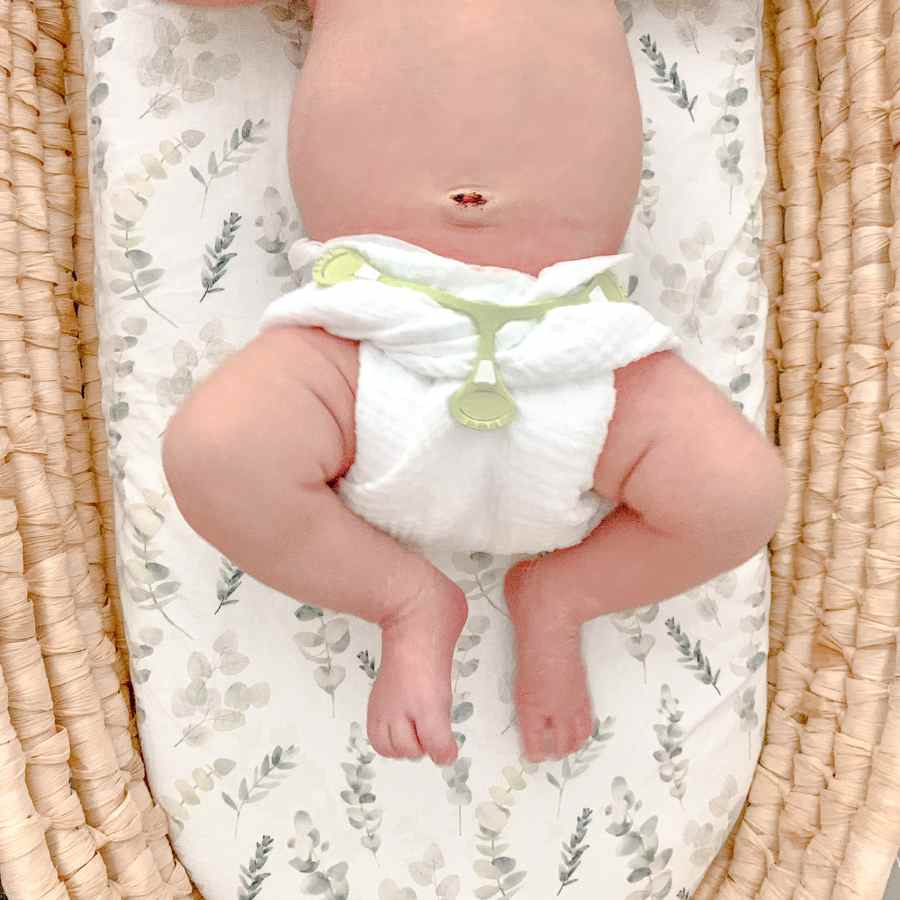
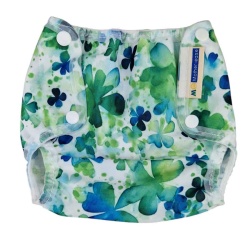
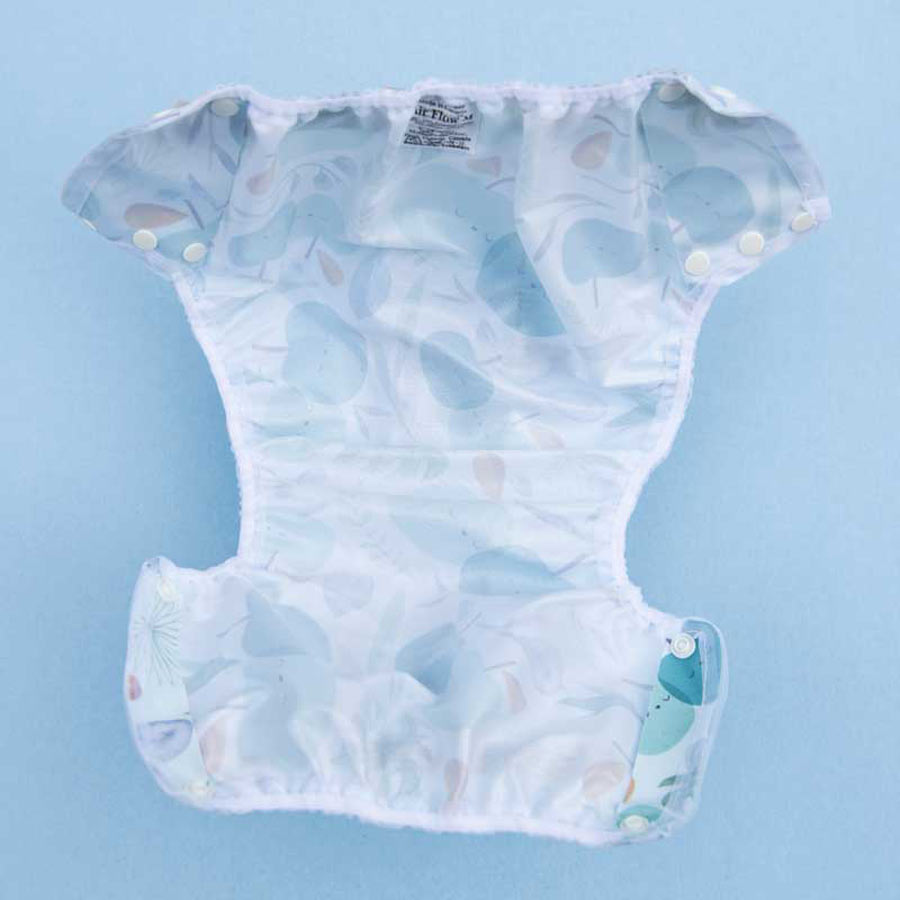
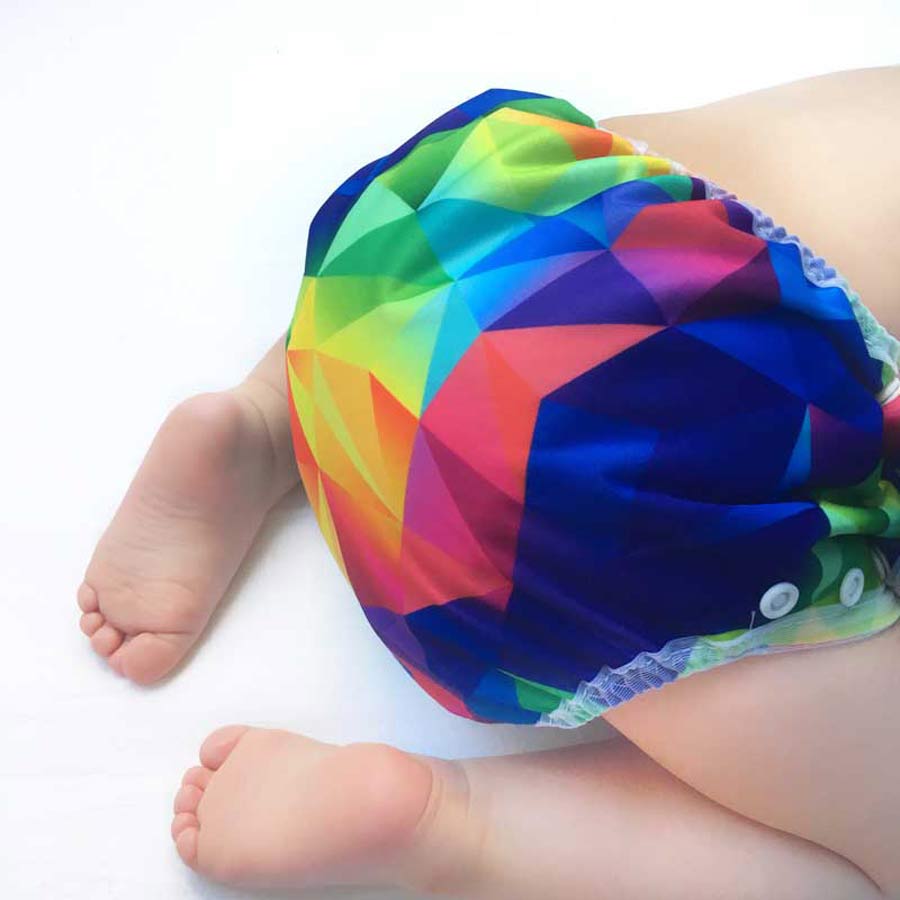
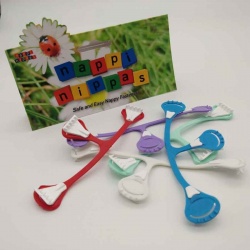
.jpg)
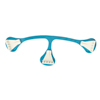
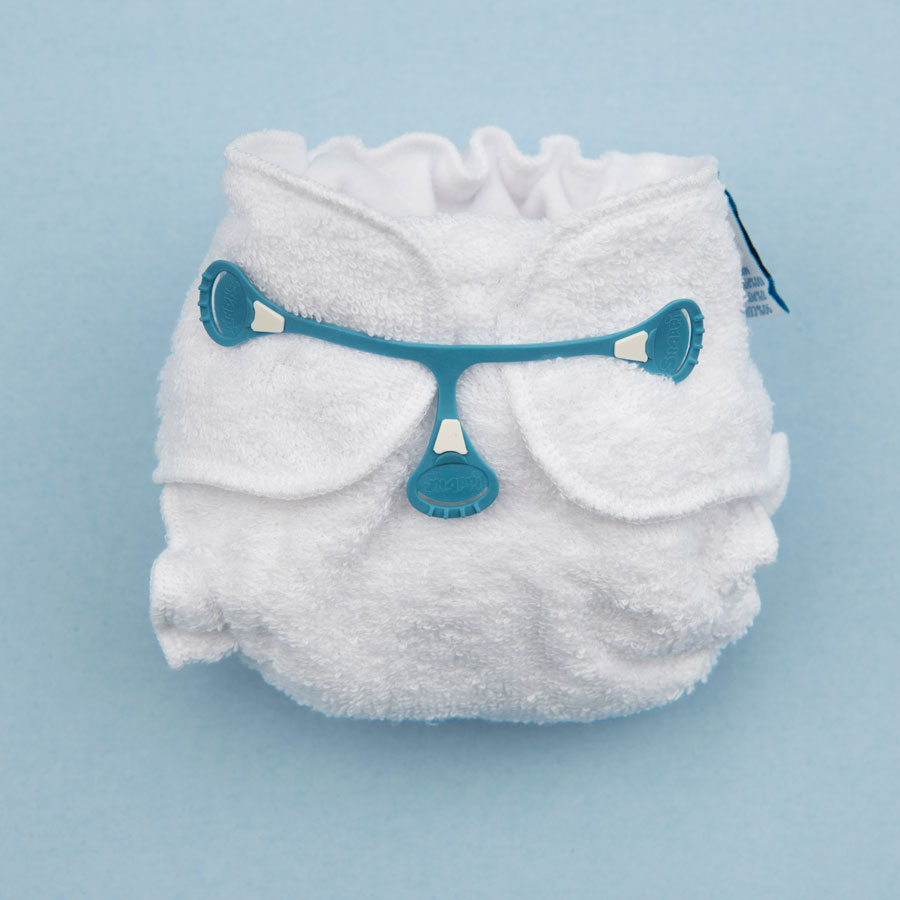
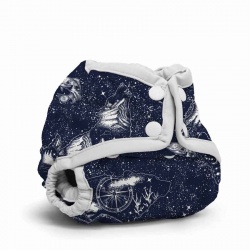
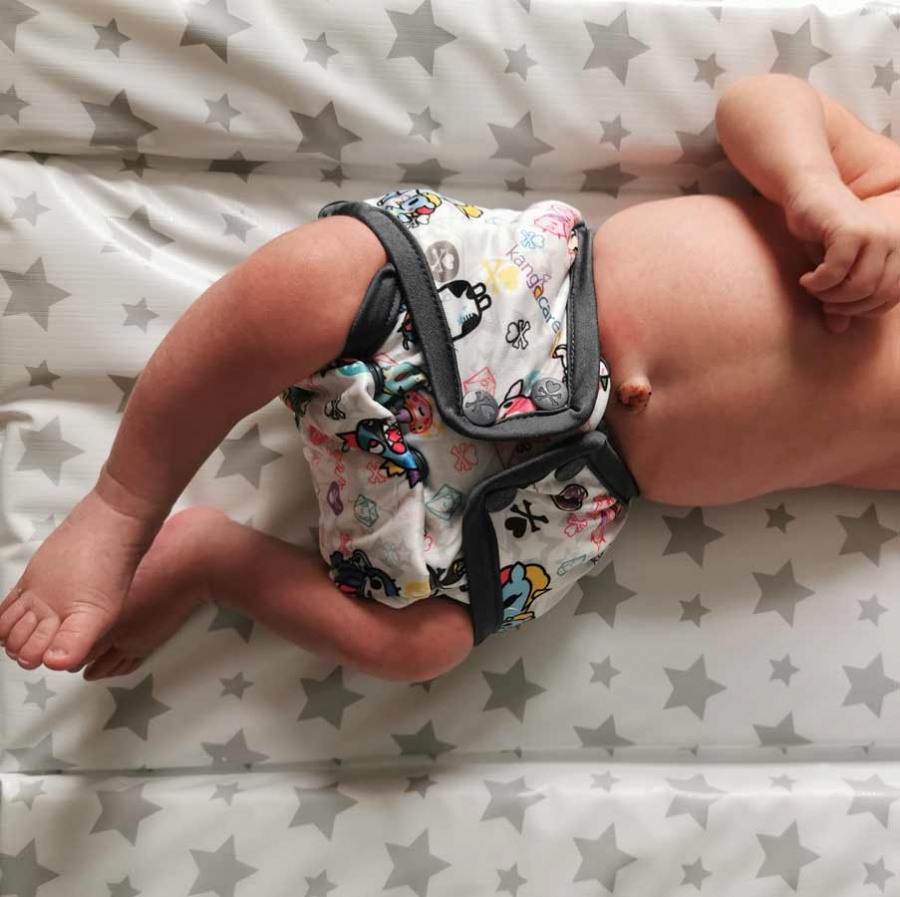
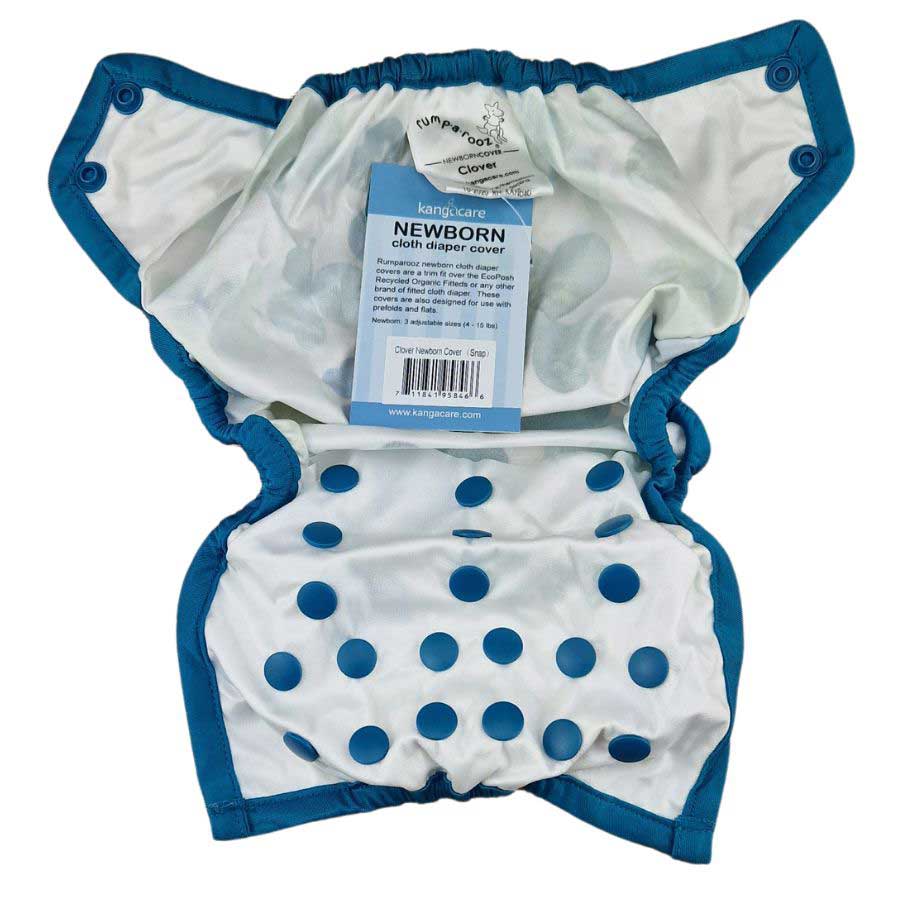
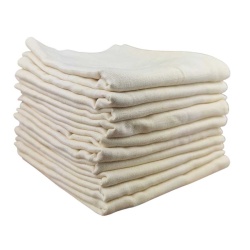
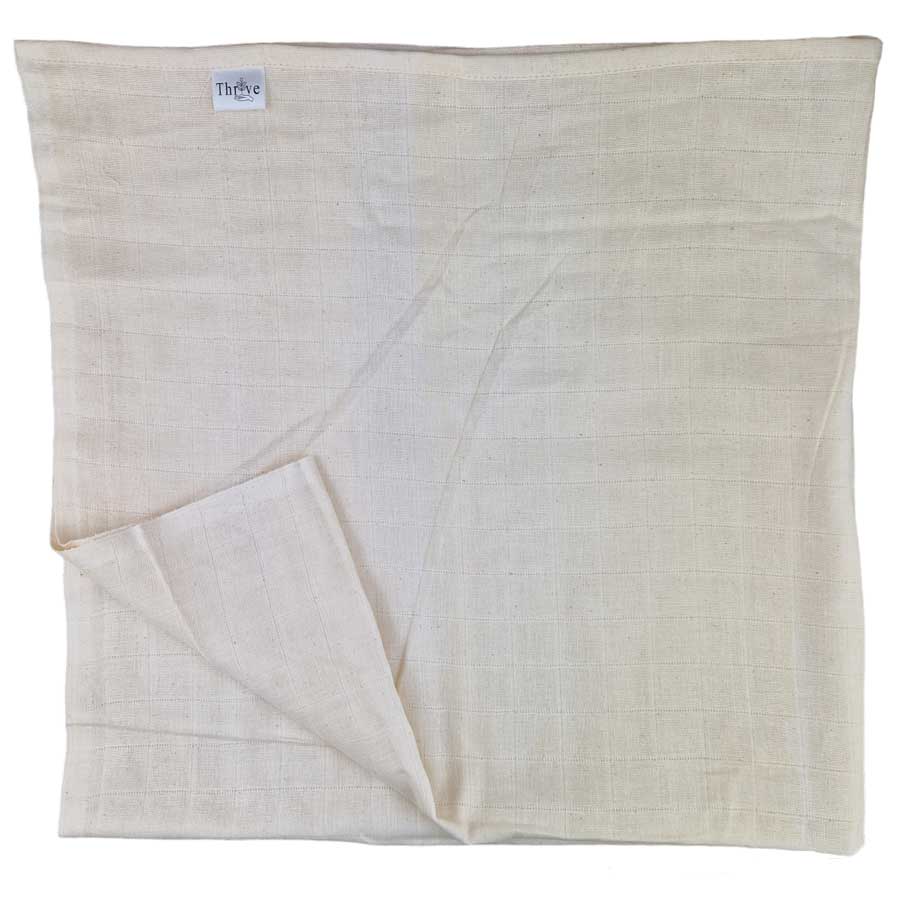
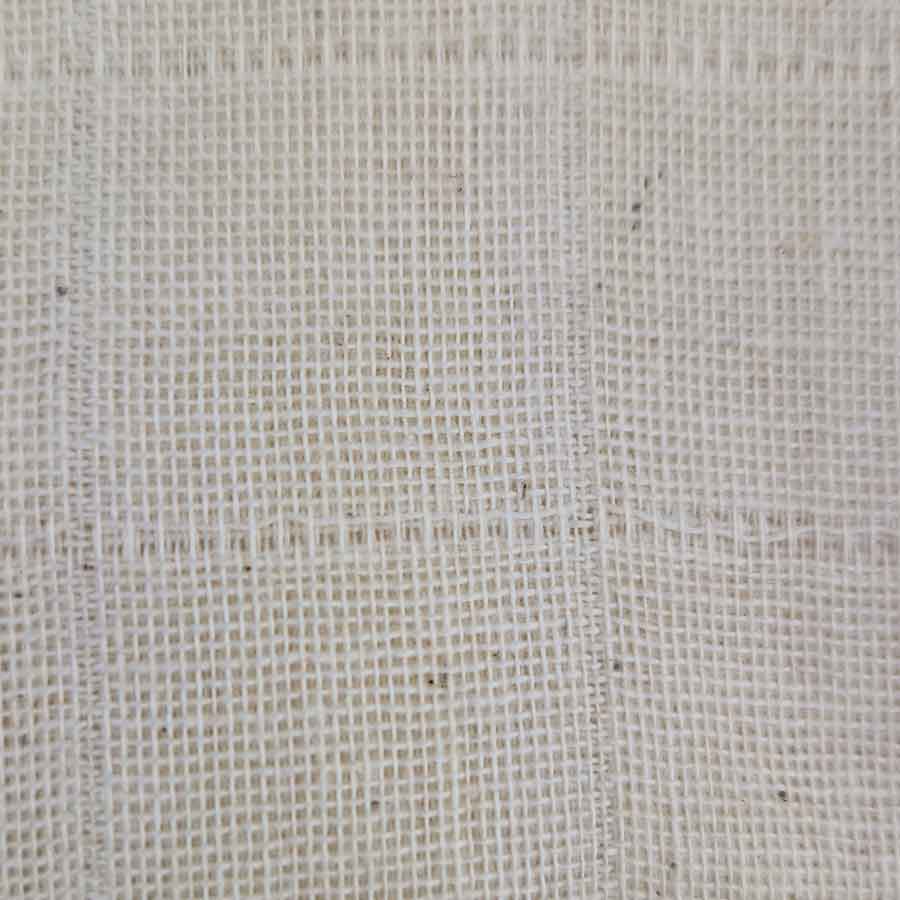
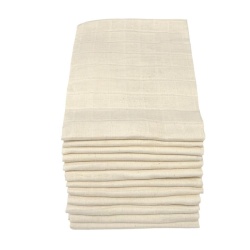
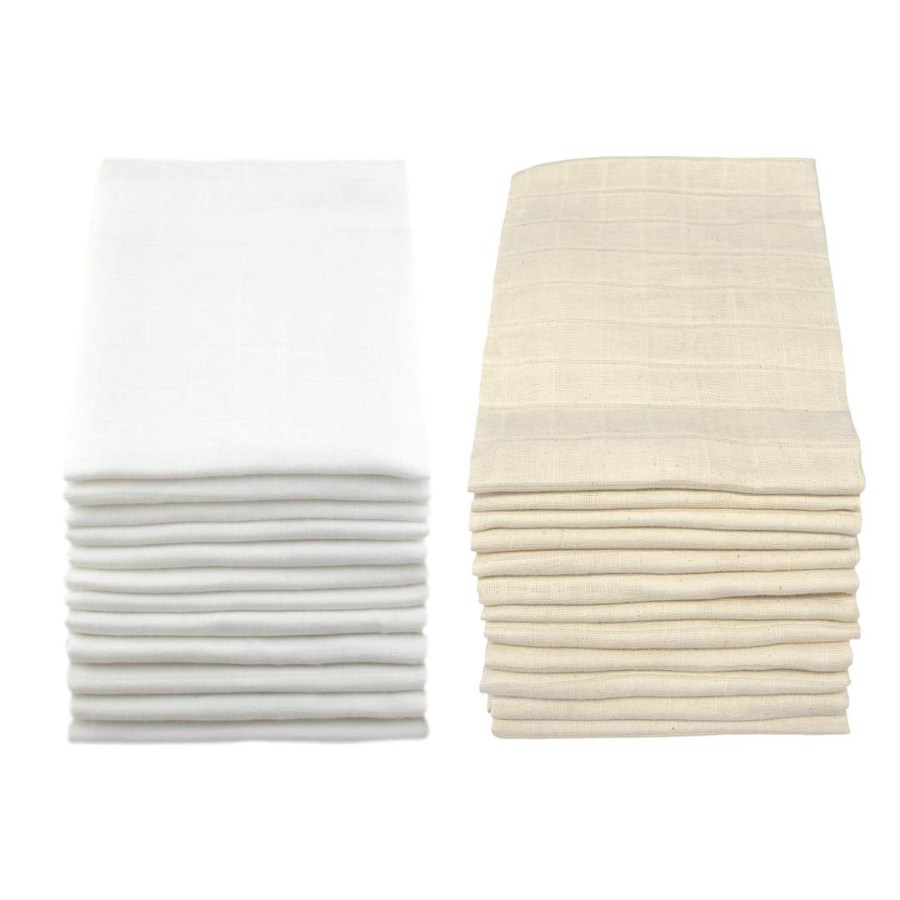
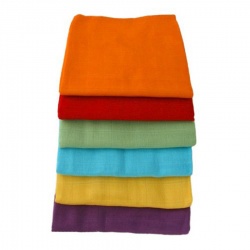
.jpg)
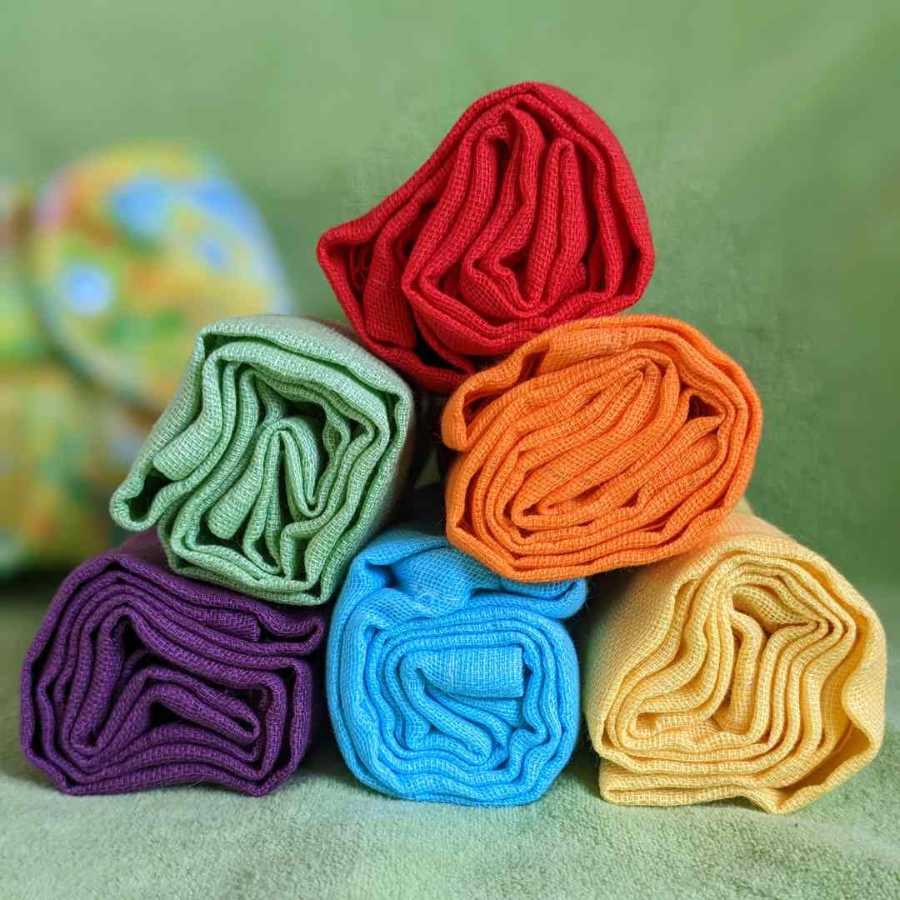
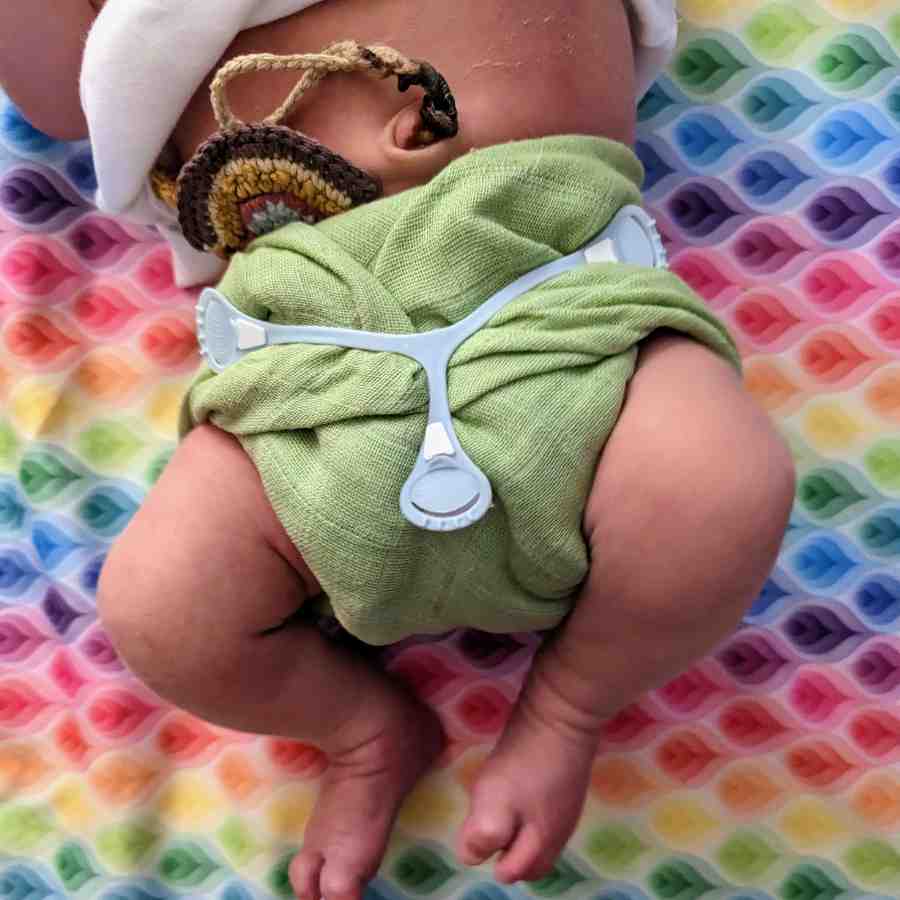
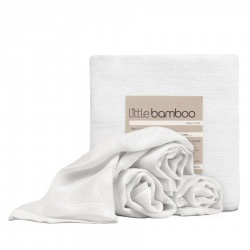
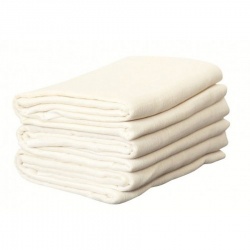
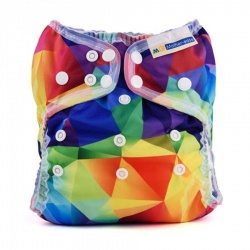
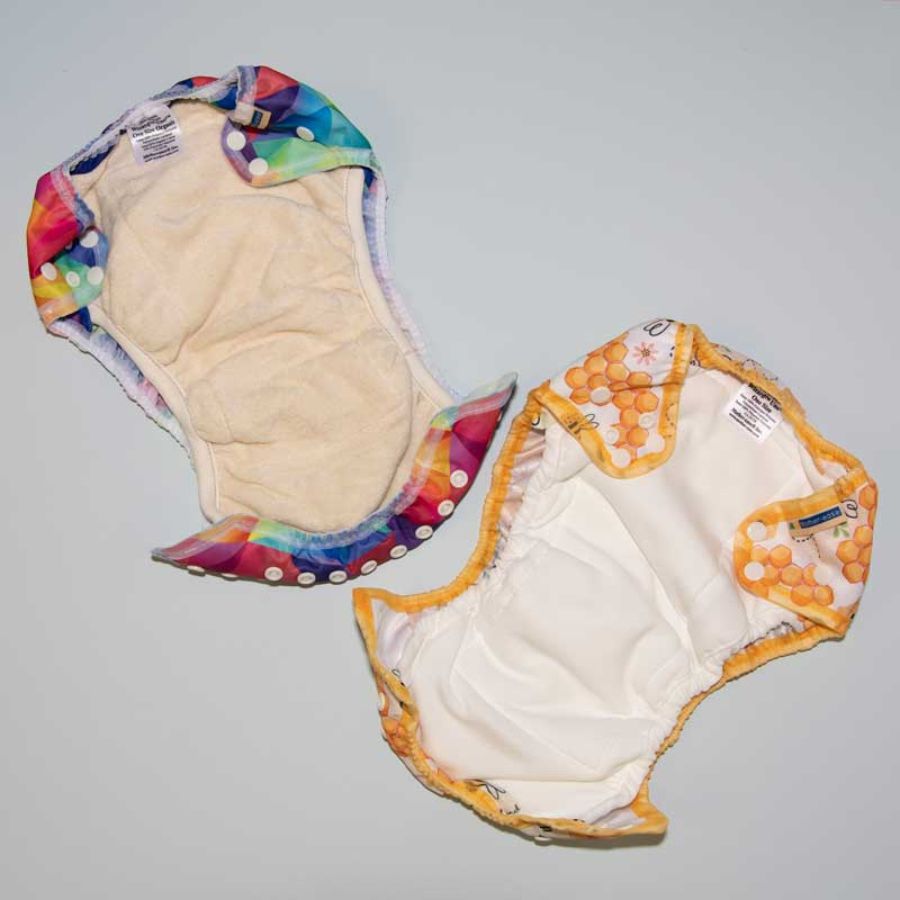
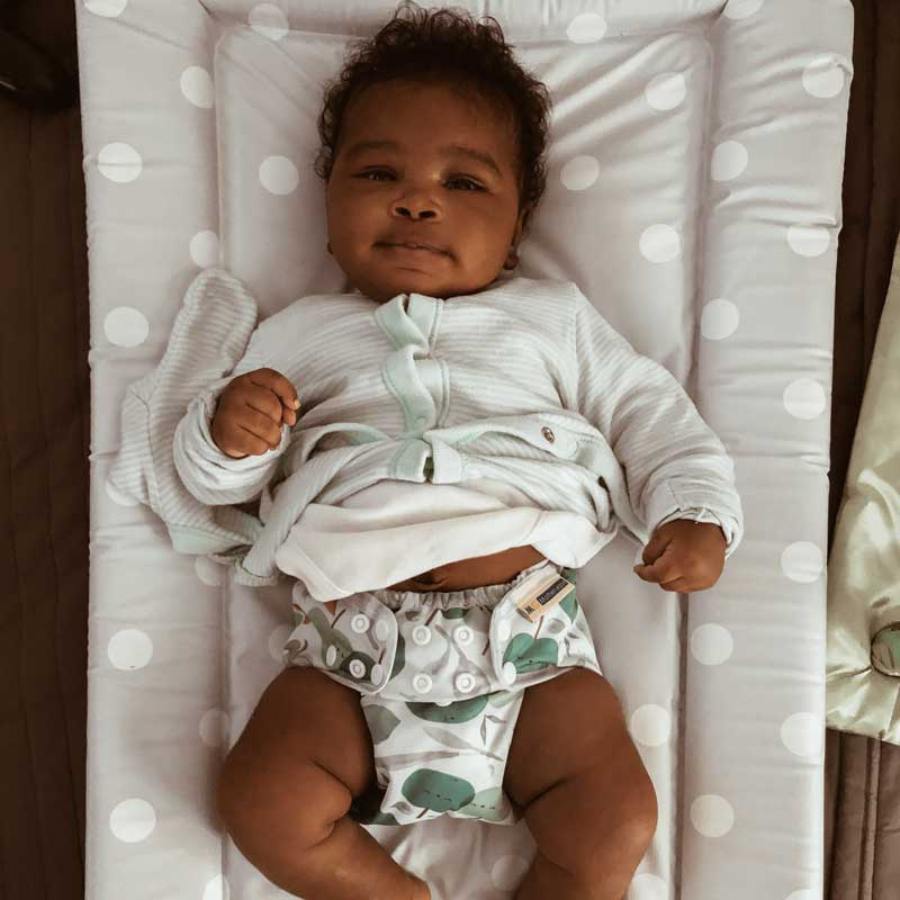
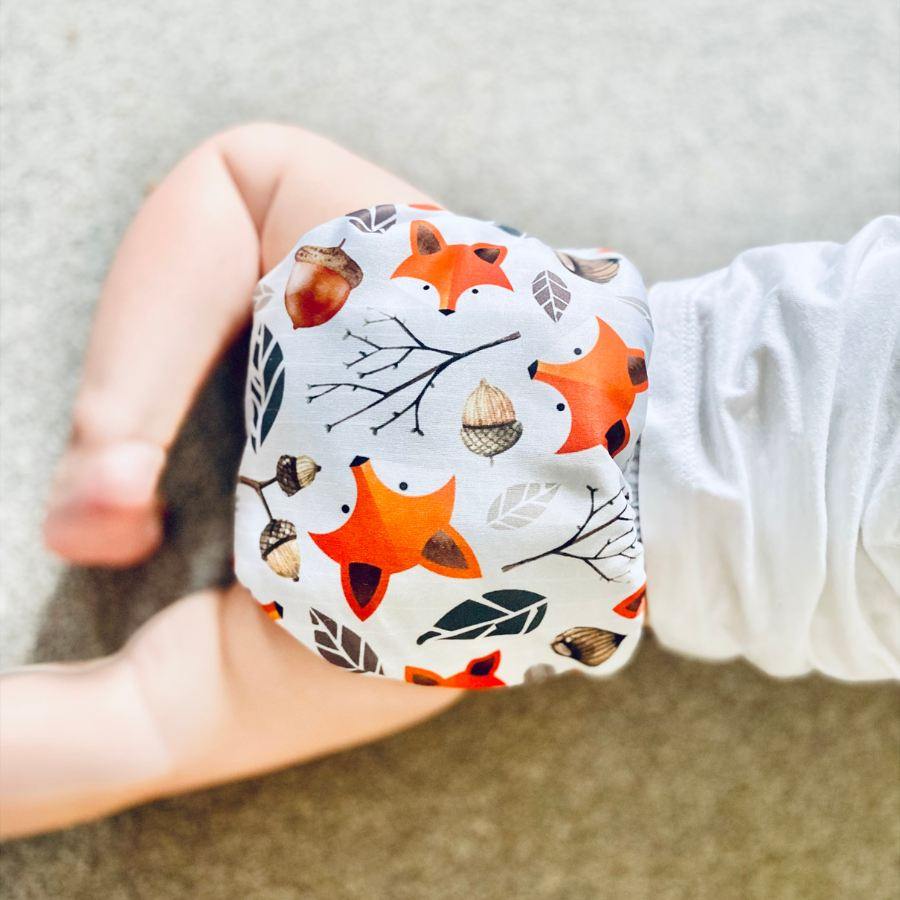
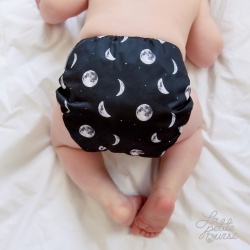
.jpg)
.jpg)
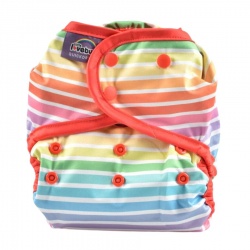

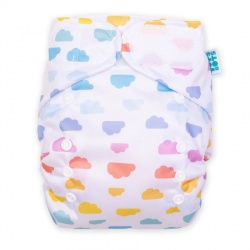
.jpg)
.jpg)
.jpg)
.jpg)
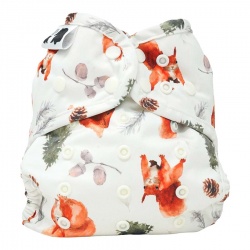
.jpg)
.jpg)
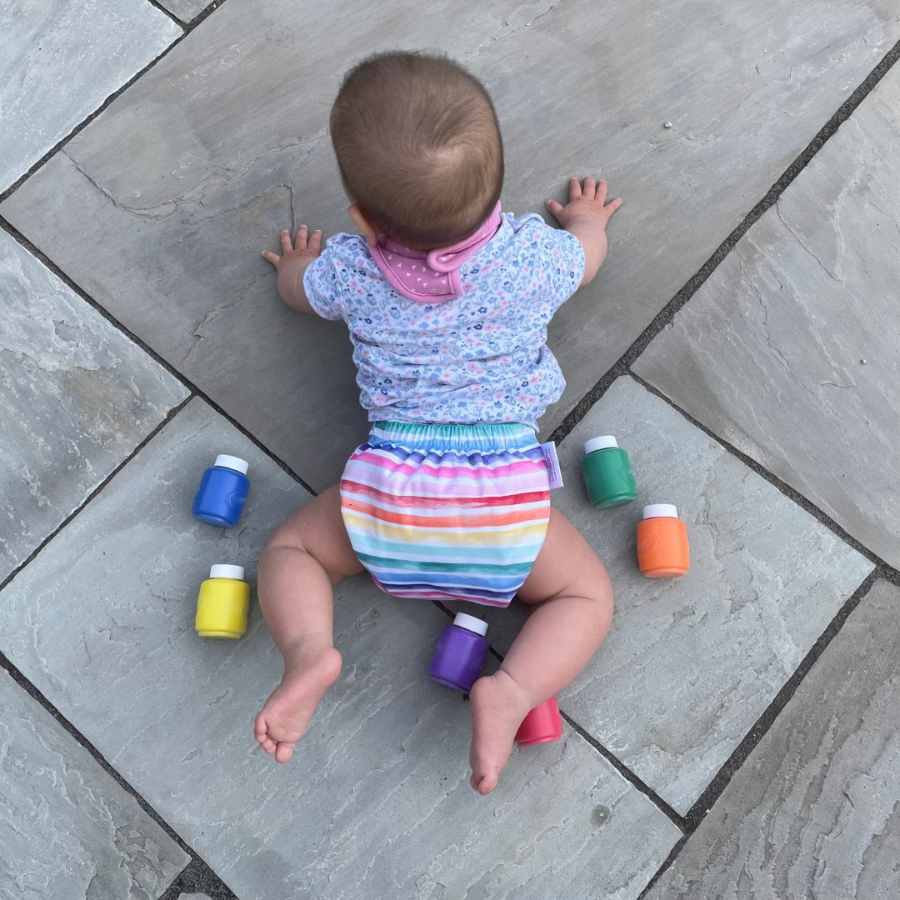
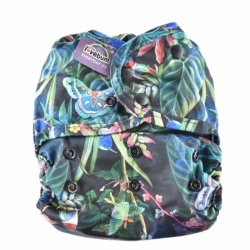
.jpg)
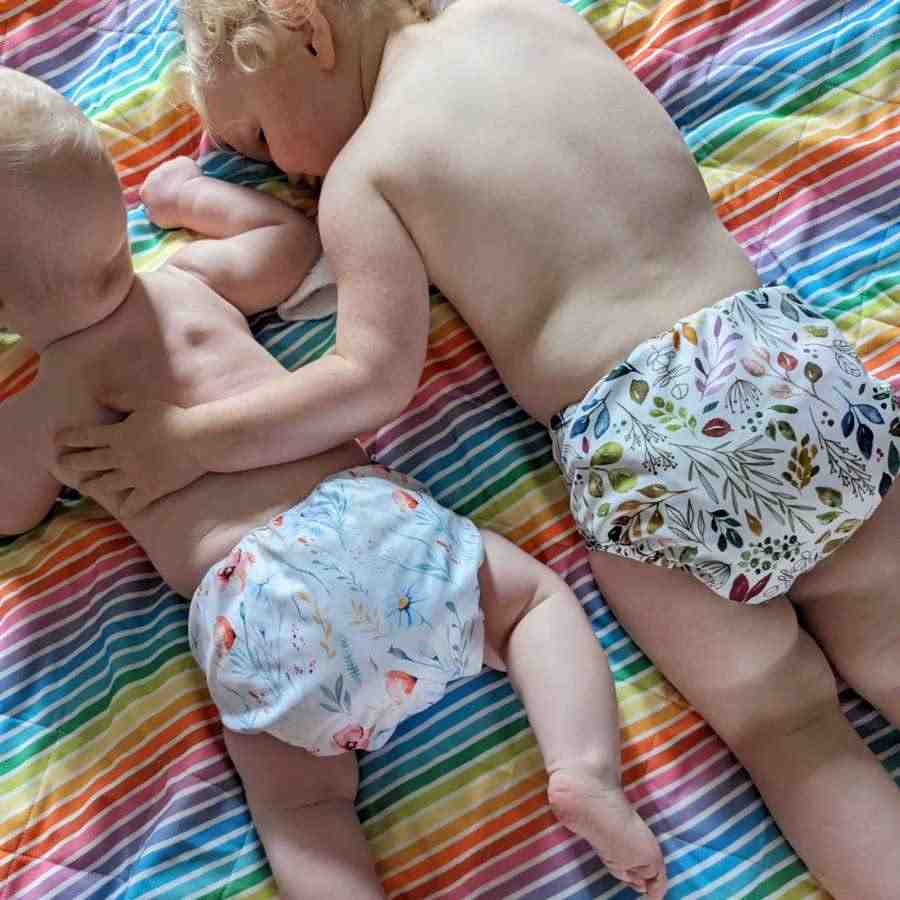

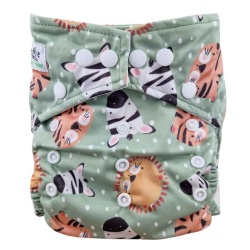
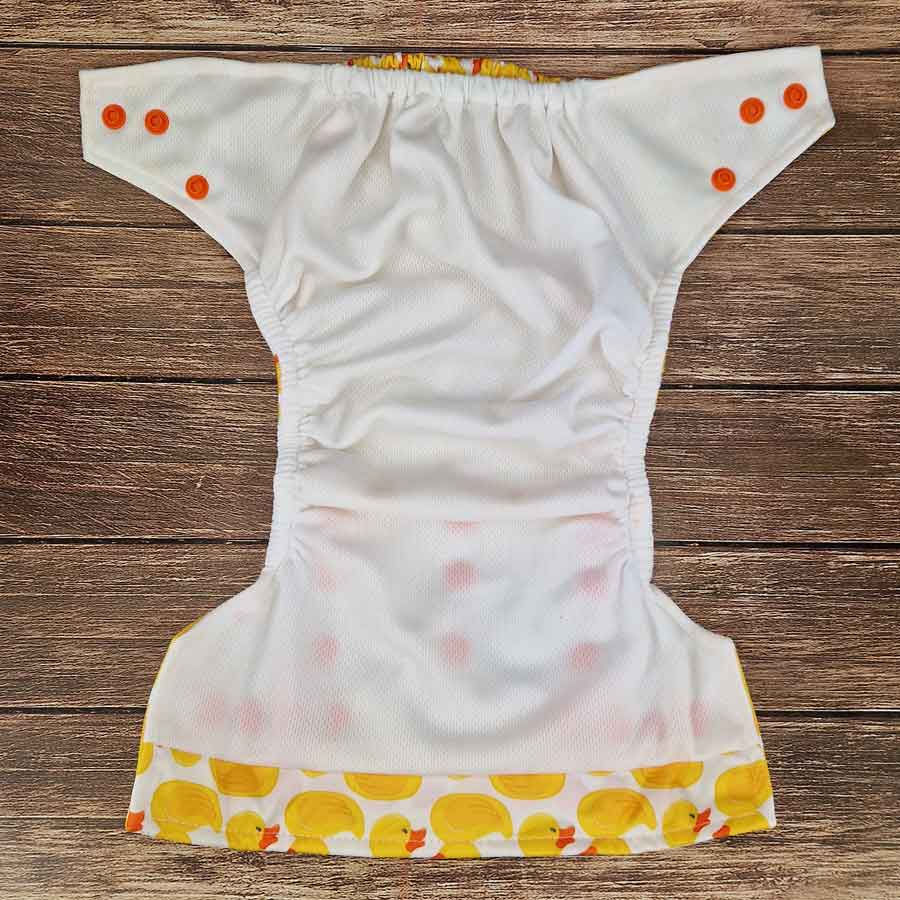
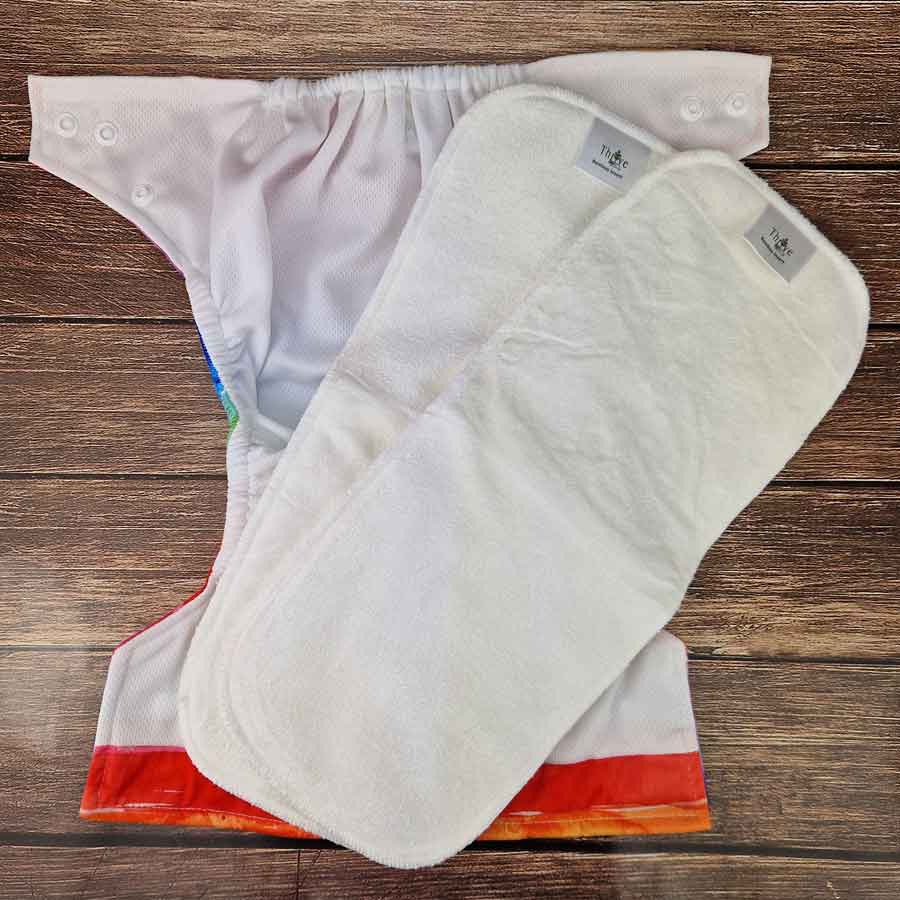
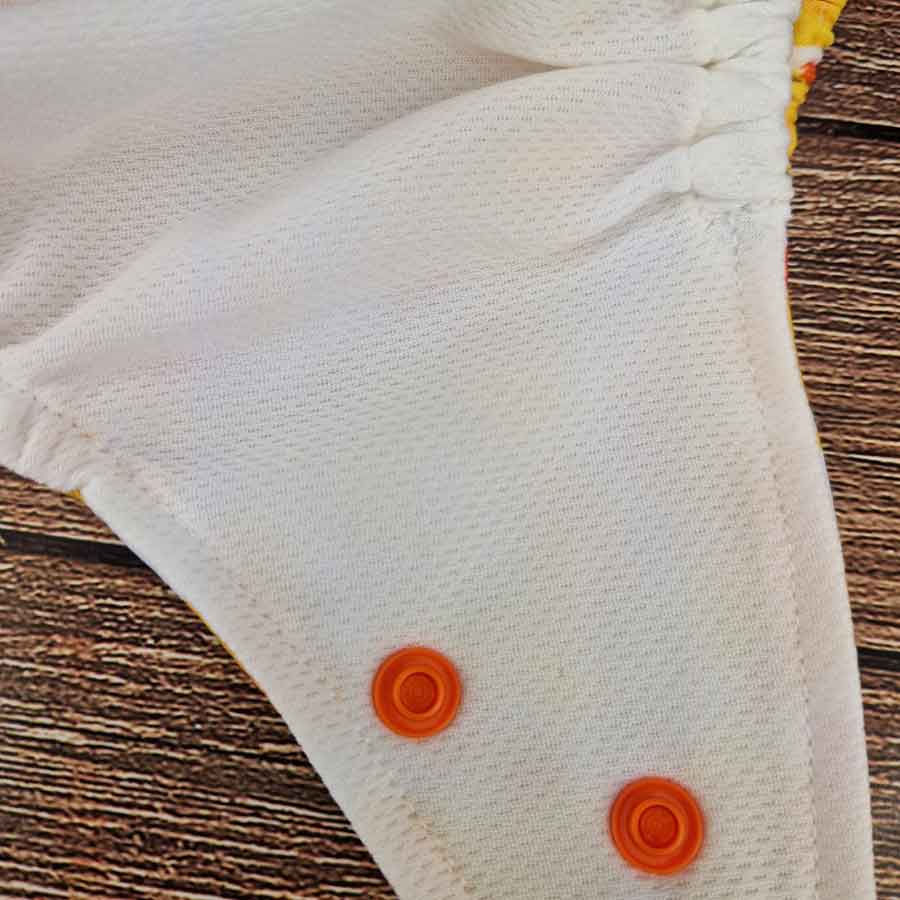
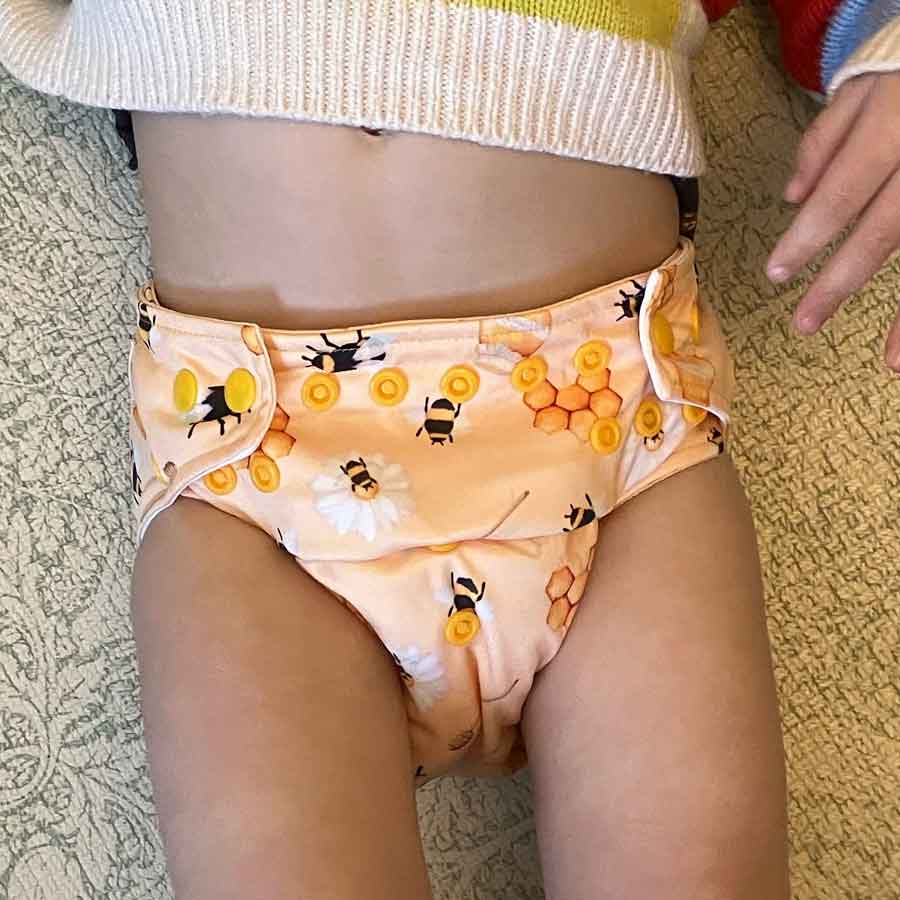
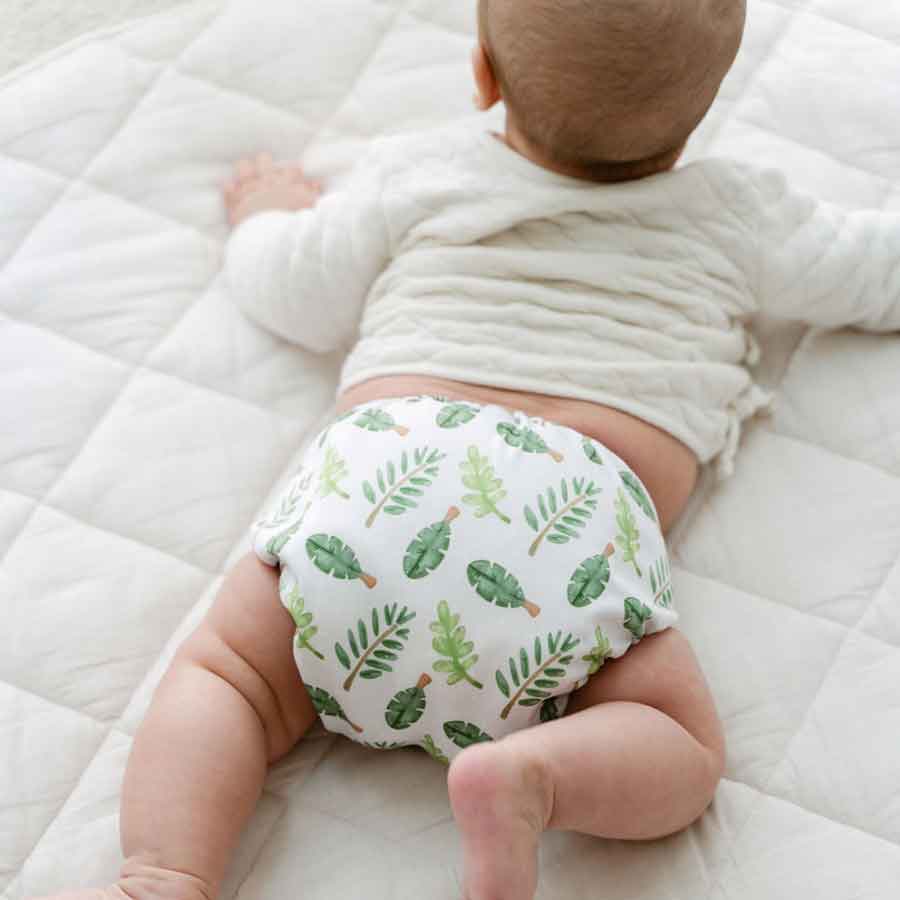
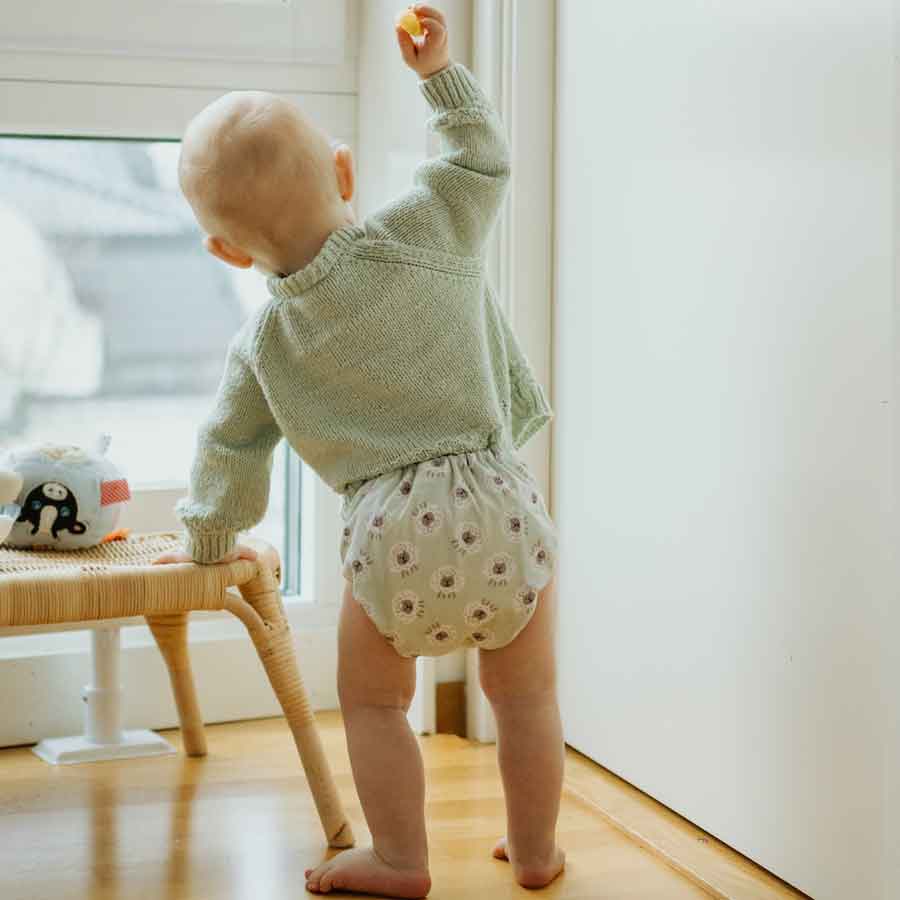
.jpg)
.jpg)
.jpg)
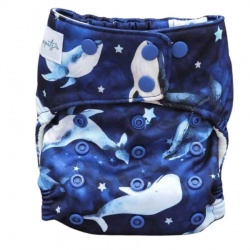

.jpg)
.jpg)
